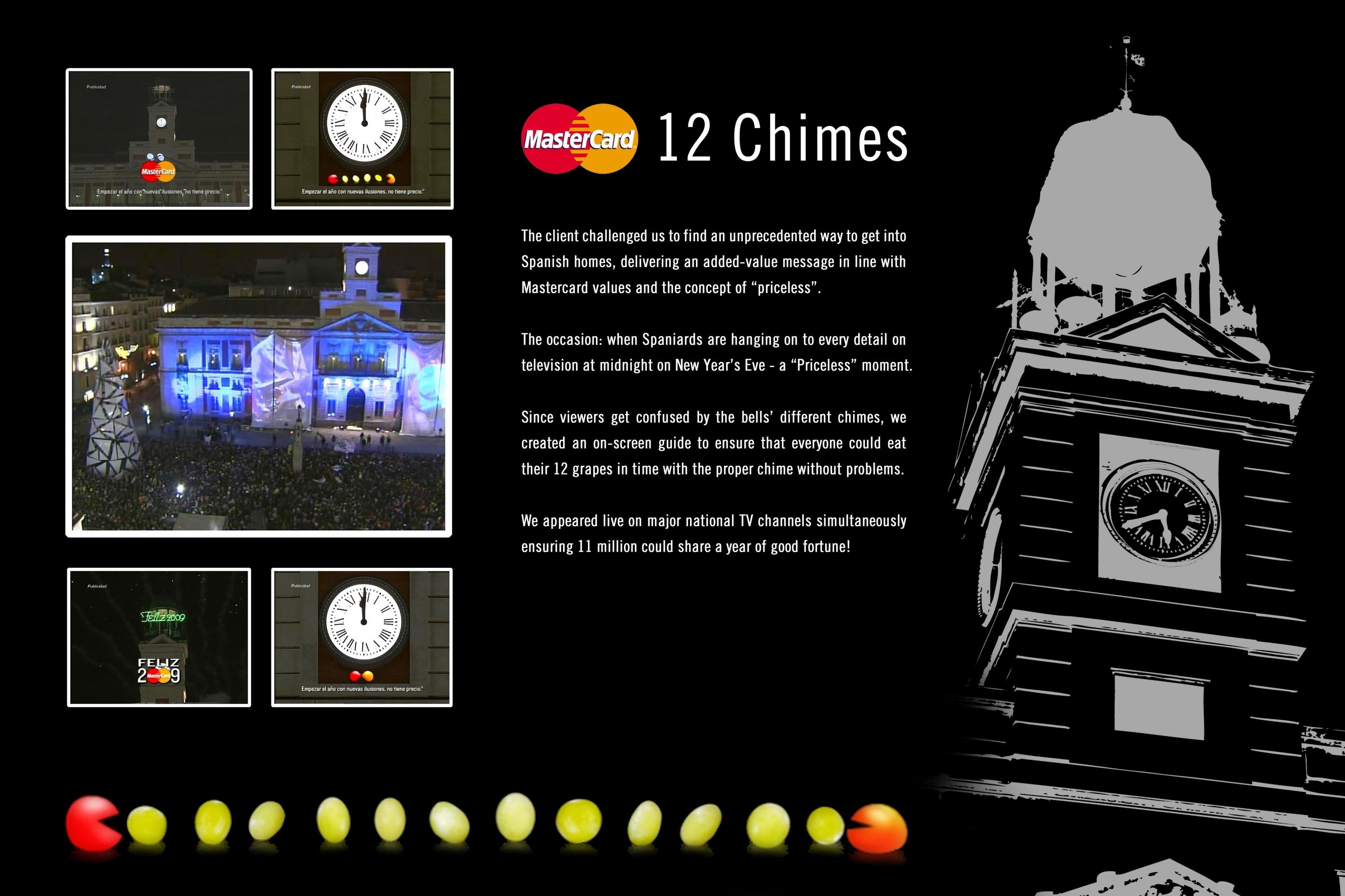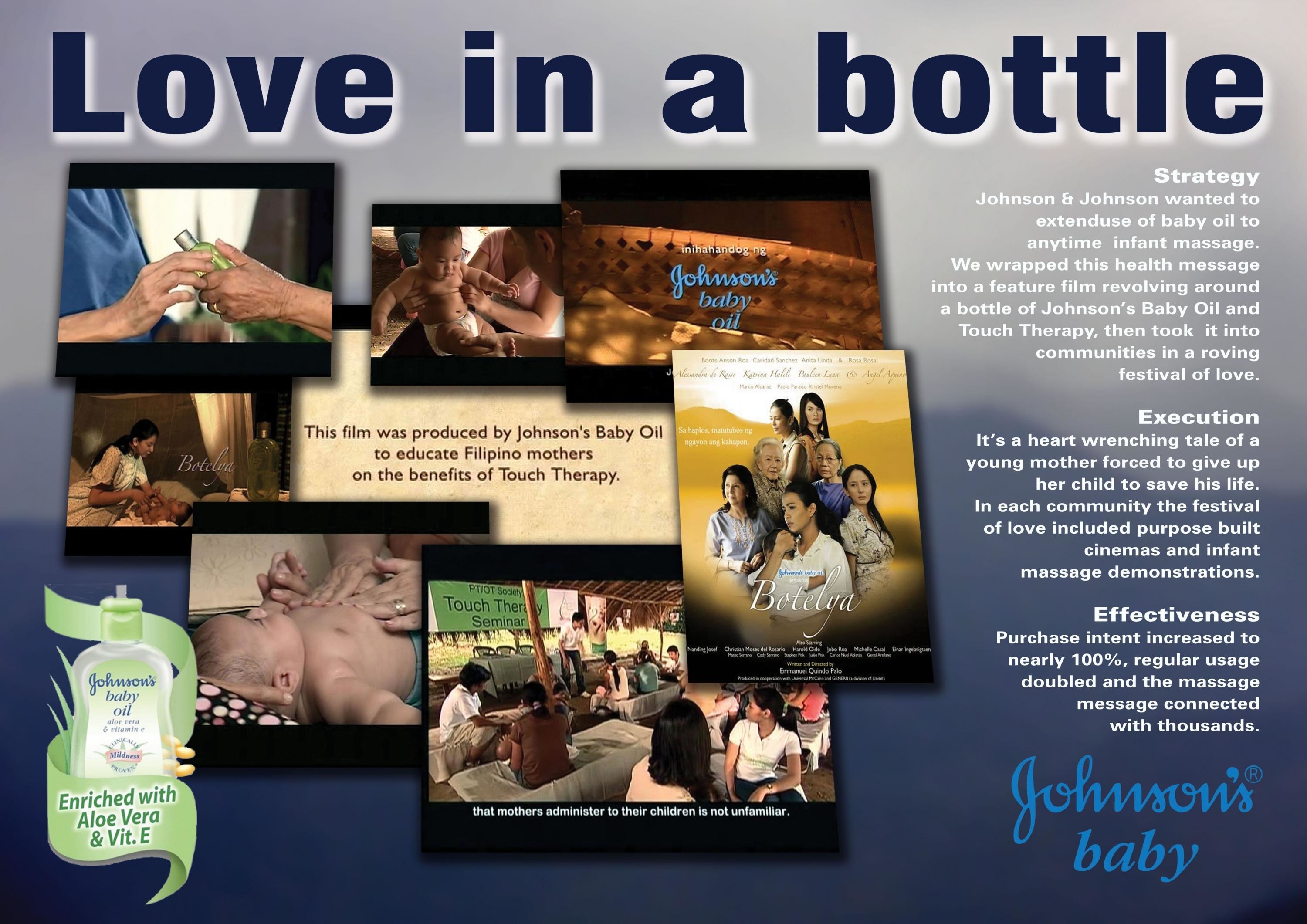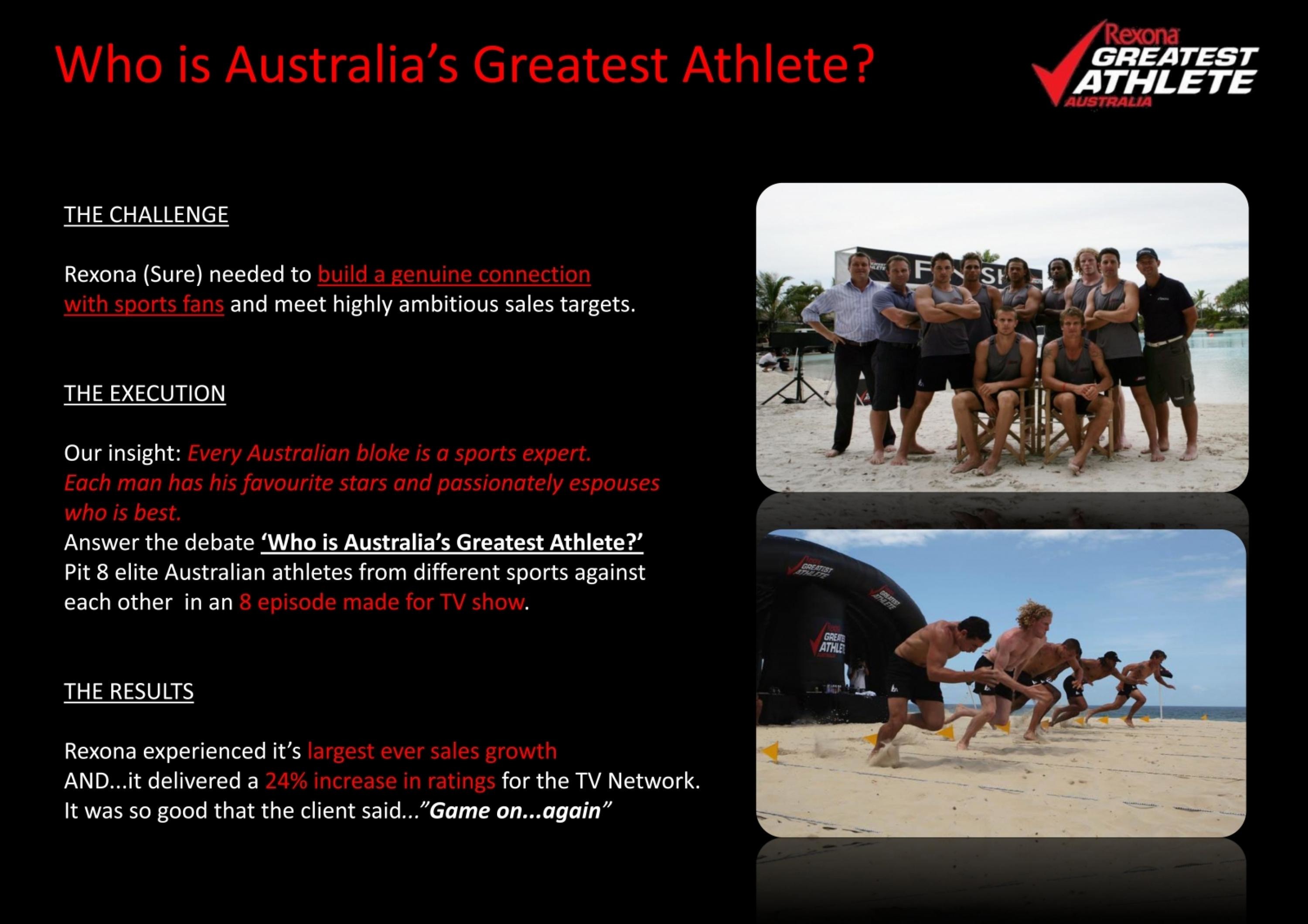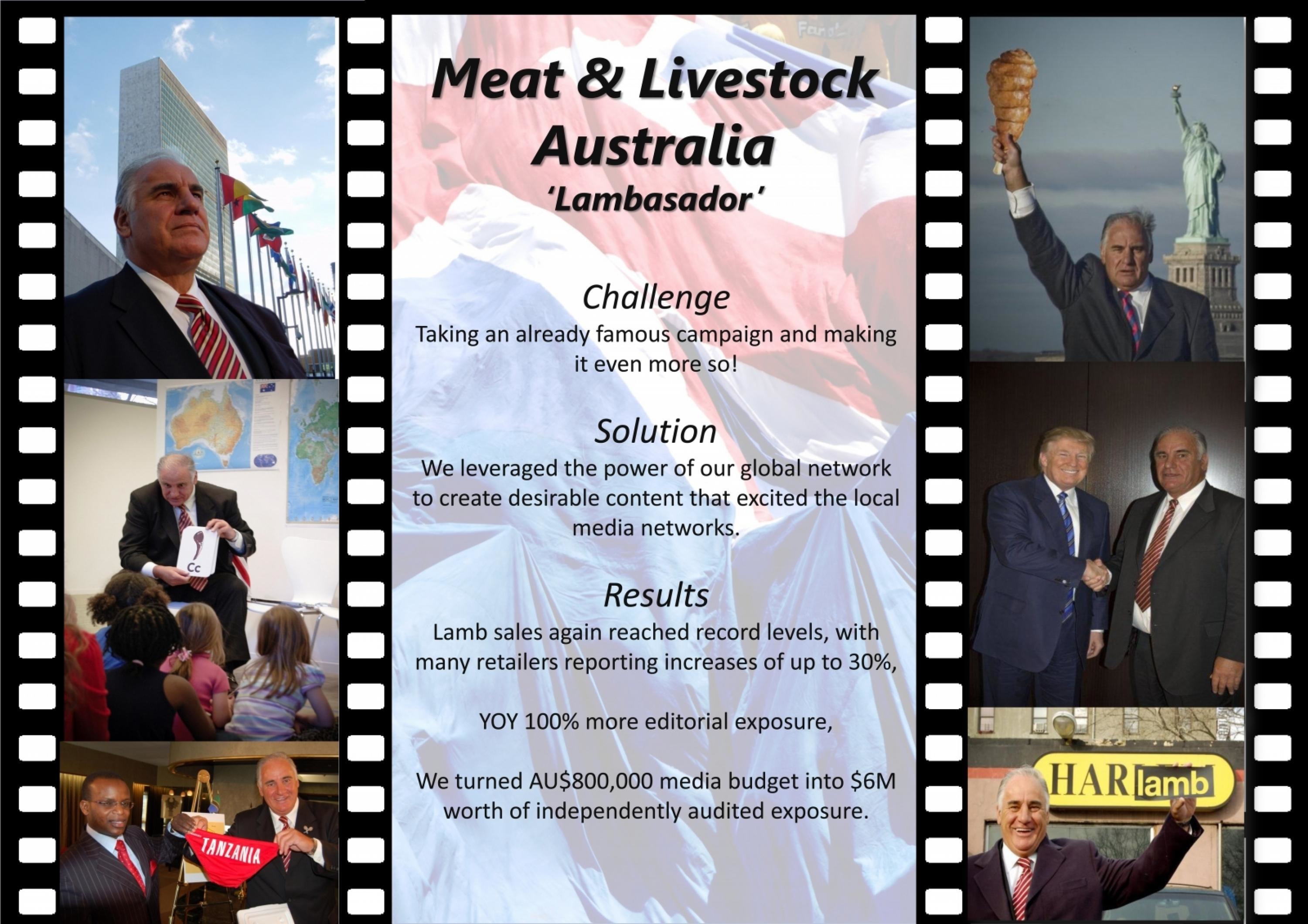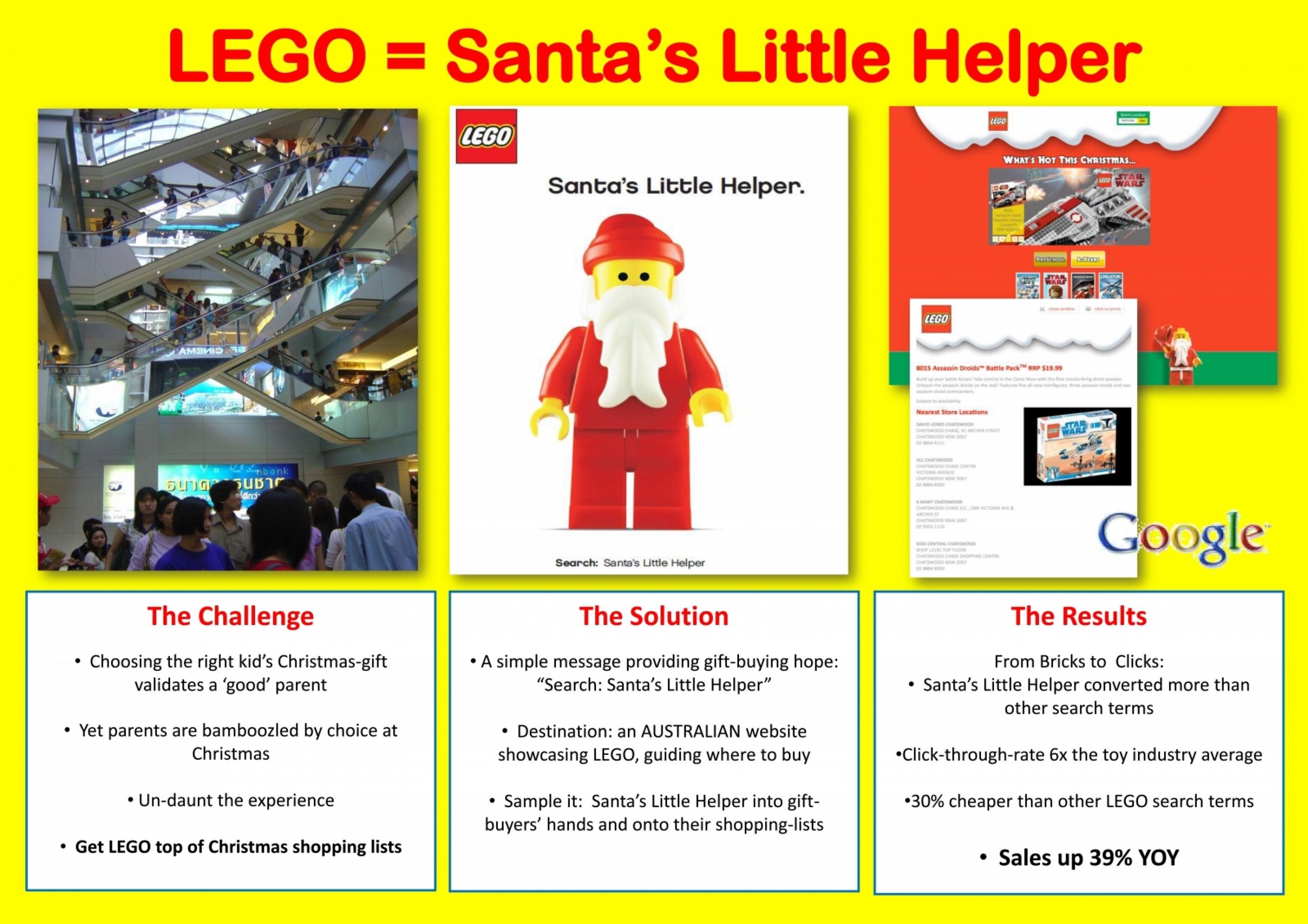Creative Data > Creative Data
THE ECONOMIST: SMART DATA IN REAL-TIME
UM, London / THE ECONOMIST / 2015
Awards:
Overview
Credits
Overview
ClientBriefOrObjective
Our objective was to drive subscriptions for The Economist.
Specifically:
1. Create a cookie pool of 660,000 addressable prospects for The Economist (which could be converted into 1,500 subscribers)
2. Engage potential subscribers to The Economist across 13 markets, building saliency and relevance (ultimately driving subscriptions)
Our strategy was based on one simple equation: Data + Content + Programmatic Delivery = Smart Content delivered at scale.
With so much content available on the web for free, finding people who will to pay £45 per quarter for The Economist’s content isn’t an easy task. Part of the problem was that many people didn’t appreciate The Economist’s breadth of content. Despite the name, the newspaper covers much more than just economics.
To engaging potential readers across 13 markets, we had to demonstrate that The Economist’s content was relevant to them. Our approach was to deliver ‘smart content’ in contextually relevant, unexpected places.
Execution
Our outstanding results exceeded every expectation. Our ads hit the right people at the right time, and resonated with them. Our creative executions, often featuring controversial topics, grabbed people’s attention, with the content pitched at just the right intellectual level.
1. Create a cookie pool of 700,000…
• Delivered a staggering 3 million prospects in just two months (exceeding our target by 330%)
2. Engage potential subscribers…
• Generated 9,350 subscribers (exceeding target by 523%)
• This amounts to almost £1.7m in subscription revenue (year 1 alone)
• From a £1.2m budget, this is an initial ROI of £1.3m (including extras below)
• This rises to £10.5m, taking into account the lifetime value of the subscriptions generated
…And came home with some added extras:
3. The Economist has a significant ad sales business: in 12 weeks, post impression non-click traffic was up by over 1m unique viewers. This bolstered ad inventory and generated around £500k additional ad revenue.
4. Globally, search activity for our branded keywords increased by 28% bringing search costs down significantly, saving an estimated £300k globally in 12 weeks.
We believe our content, data and programmatic approach uses the most sophisticated techniques in the industry. We used a number of experimental tactics, blowing already aggressive targets out of the water, earning 70% ROI in year one.
Implementation
We first needed to identify our audience. Would-be Economist subscribers are less a demographic than a psychographic; that is, not easily defined by age, occupation or interest. Rather, they have intellectual qualities and values that are similar. They are progressive people who will pay for quality content.
It’s not easy to define an audience psychographic using traditional planning tools. We hypothesized that if we could deliver relevant Economist content to this group in the right context (where they were organically grazing for content) we would be able to meet the campaign objectives, and drive subscriptions.
To build our audience we first analysed audience data from The Economist’s data management platform. We isolated the most active subscribers on The Economist’s website and apps to understand what content they preferred to consume and when.
We then matched the cookie data of these people to various other data sets to build 7 robust audience segments (named after the sections of the newspaper). We then built lookalikes of these audiences to create an overall universe. No traditional media planning tools were used.
Once our audience segments were defined, we had to deliver content to them; we did this through a number of media tactics.
Outcome
Our campaign targeted progressive people and was progressive in execution. It was entirely underpinned by data and fueled by the latest ad technology:
1. In-Feed advertising
Our audience is highly mobile and consume most media as a feed. We didn’t want to interrupt the flow so we placed content into a number of feeds based on data points and context. Facebook & Twitter covered social; ShareThrough and Outbrain delivered Economist content into a long tail of quality brands, such as Wall Street Journal and CNN.
2. Real-time creative
Every display ad was comprised of Economist content and built in real time to match the context of the page and our profile of the viewer.
To do this we obtained a feed from The Economist containing thousands of articles, Infographics and special reports segmented into 7 buckets (Finance, Politics, Economics, Doing Good, Careers, Technology, Social Justice).
We used the feed to build dynamic creative and delivered to the right people in the right context. E.g. we may have a Social Justice article on Gay Marriage, identify a prospect on a page discussing Gay Marriage and serve the ad in real time.
We built an ad decision tree to deliver content in a sequence. This learned over time which article topics in which combination order would generate the warmest prospect. Each time we generated a quality prospect, we were able to hone our audience definition and levels of targeting even further.
To maximise the relevancy of the creative, our teams met on a rolling basis with The Economist’s account team and the creative agency to discuss the day’s burning issues. The outputs of these meetings flowed directly into the creative digital adverts that would go live over online news content within hours.
More Entries from Use of Real-time Data in Creative Data
24 items
More Entries from UM
24 items
